Description
Tarragon Leaves, also known as estragon, is a species of perennial herb in the sunflower family. It is widespread in the wild across much of Eurasia and North America and is cultivated for culinary and medicinal purposes. French tarragon is the variety used for cooking in the kitchen and is not grown from seed, as the flowers are sterile; instead, it is propagated by root division. Russian tarragon (A. dracunculoides L.) can be grown from seed but is much weaker in flavor when compared to the French variety. However, Russian tarragon is a far more hardy and vigorous plant. It spreads at the roots and growing over a meter tall.
This tarragon prefers poor soils and happily tolerates drought and neglect. It is not as aromatic and flavorsome as its French cousin. It produces many more leaves from early spring onwards that are mild and good in salads and cooked food. Russian tarragon loses what flavor it has as it ages and is widely considered useless as a culinary herb, though it is sometimes used in crafts.
Benefits:
The parts of the tarragon plant that grow above the ground are used to make medicine. Tarragon leaves is used to treat digestion problems, poor appetite, water retention, and toothache. To start menstruation; and to promote sleep. In foods and beverages, tarragon is used as a culinary herb.
Usage:
In France, it is referred to as “the king of herbs” because of its ability to elevate a dish and is one of four herbs in the French mixture fines herbs. This is a combination of parsley, tarragon, chervil, and chives. Enthusiasts of herbal medicine suggest that drinking tarragon tea before sleeping can calm your nervous system.
The young stems in early spring can be cooked as an asparagus substitute. Horticulturists recommend that Russian tarragon be grown indoors from seed and planted out in the summer. The spreading plants can be divided easily. A better substitute for French tarragon is Spanish tarragon (Tagetes lucida), also known as Mexican mint marigold, Mexican tarragon, Texas tarragon, or winter tarragon. It is much more reminiscent of French tarragon, with a hint of anise. Although not in the same genus as the other tarragons, Spanish tarragon has a stronger flavor than Russian tarragon that does not diminish significantly with age.
To maintain freshness, this spice is shipped in glass bottles. That’s because glass jars can preserve the freshness of spices for up to 2 years. Glass is an awesome option for storing spices because it doesn’t react to ingredients, unlike plastics and wood. Glass doesn’t typically conduct heat and you can see what’s inside to keep track of inventory.
This spice is additive and preservative free !!!!
Shipped directly from our store to your door…….
“Life’s Good When You’re Cookin Wit’ Gus”
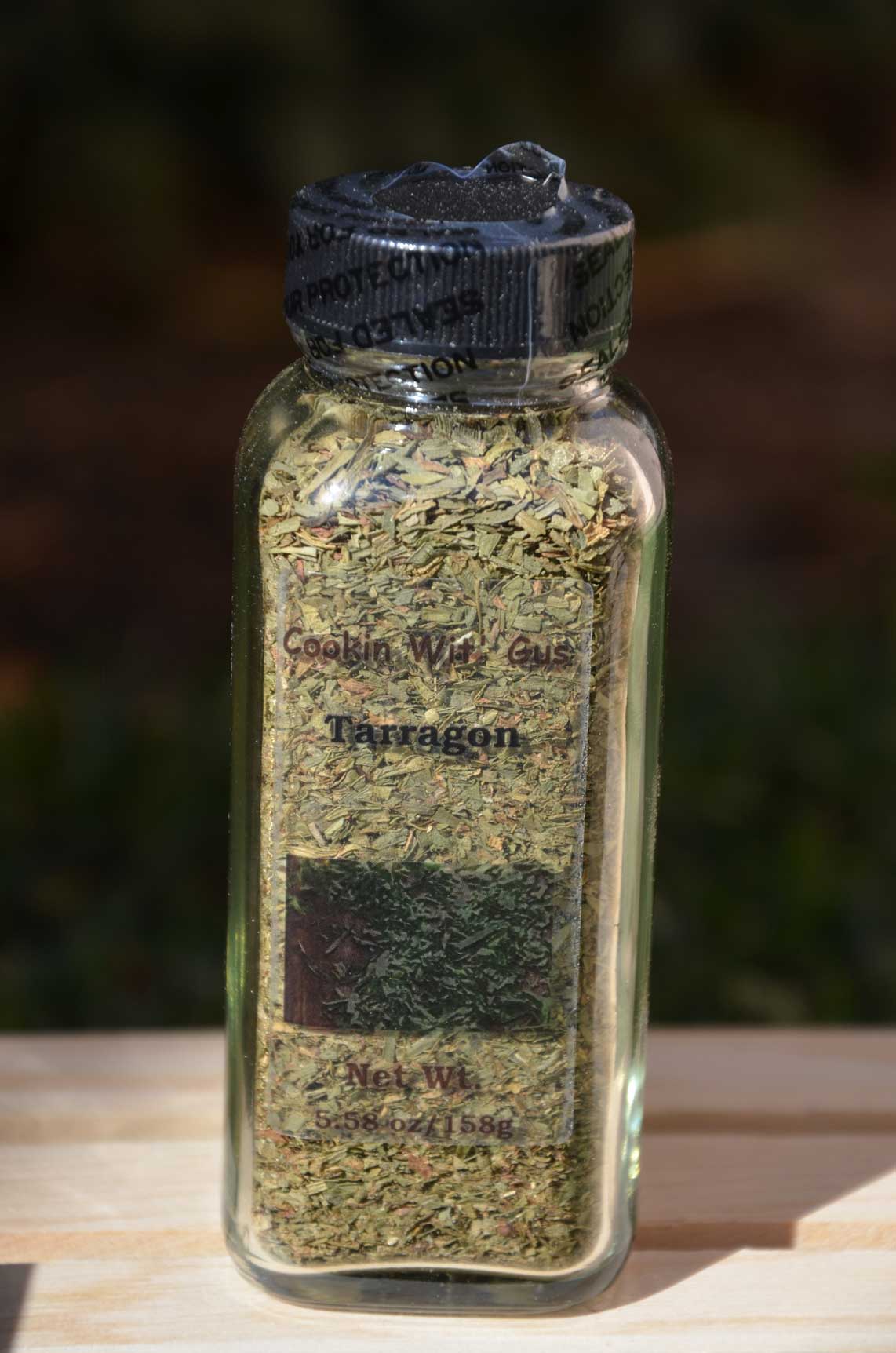
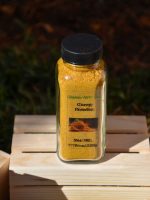
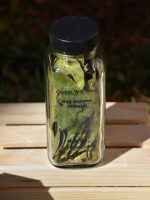
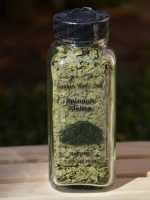




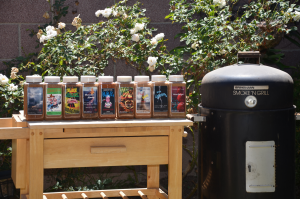
Reviews
There are no reviews yet.